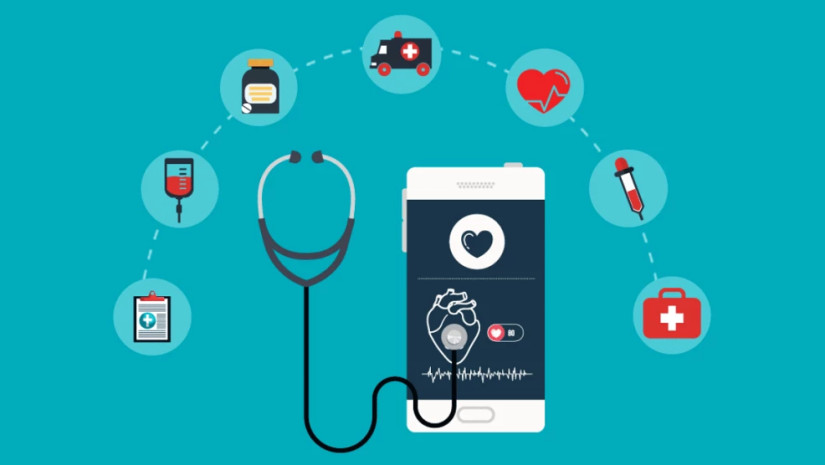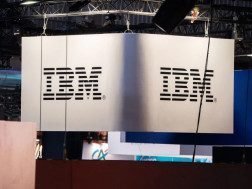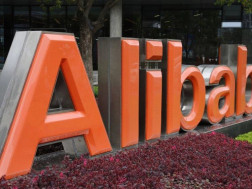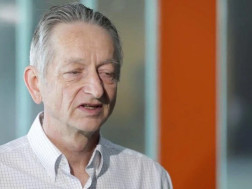Director of emergency and disaster medicine at Brown University, Dr. Selim Suner has developed a medical application that can measure anemia intraocularly in just two seconds without taking blood samples from the patient.
With Suner's artificial intelligence-supported application eMoglobin, the level of anemia in a patient can be measured instantly using a square photograph taken with a mobile phone. The application, which will be a world first, will save lives in the diagnosis of hemorrhagic emergency patients, where every second is crucial.
It is estimated that about one-third of the world's population has anemia. In order to detect anemia, which manifests itself with symptoms of weakness, fatigue and paleness, it is necessary to go to the hospital, undergo blood tests and wait for the report, which takes about two hours.
However, with the telemedicine application developed by the Turkish doctor-engineer living in America, anemia can now be measured literally "within the blink of an eye." The application can be used all over the world once it receives Food and Drug Administration (FDA) approval and will reduce check-ups from two hours to two seconds.
Dr. Suner participated in an international conference in Antalya last week and revealed the details of the eMoglobin application that he developed with his team, touching on his story from Robert College in Istanbul to the Faculty of Engineering of Brown University in the U.S. From there, he applied to the medical faculty of the same university and now works at the Emergency Medicine Department at Rhode Island Hospital.
During an interview, Dr. Suner explained how he became an emergency medicine specialist in the U.S., where he initially went to become an engineer. "After Robert College in Türkiye, I went to Brown University in the U.S. to study engineering. First, I studied electrical engineering and later I switched to biomedical engineering. I started my undergraduate degree and worked as a paramedic in ambulances to cover my daily expenses, I met the emergency medicine community there and by coincidence, my professor asked if anyone wants to study medicine. So I raised my hand and entered a medical school the very next day,” Suner said.
Maintaining that engineering has always been his first love, Dr. Suner said: "While I was working as an assistant in emergency medicine, I thought about how I could combine my love of engineering with medicine. The anemia project started from there. In 80% of emergency patients, blood is definitely taken and analyzed. Hemoglobin, which indicates whether a patient has anemia or not, is one of the measurements analyzed. We thought of measuring hemoglobin 'without blood' and fast and that's how this project started."
"First, it wasn't a phone application. We took intraocular photos with a digital camera, We evaluated that digital data mathematically and made correlations with the hemoglobin data of the patients. The results were good. The cameras in phones are now so powerful that these phones have a huge capability to display megapixels and 16-bit data," the doctor said.
"That's why the project turned into a mobile phone application. Anyone who wishes to take the test snaps a picture of their eye with a mobile phone and after two seconds the hemoglobin concentration is determined," he said.
Dr. Suner explained that they developed the eMoglobin application by comparing the measurements taken from patients' blood with the data obtained from photographs of both their right and left eyes in studies involving hundreds of patients with the approval of the ethics committee.
"We compared the data taken from the right and left eyes of hundreds of patients. We have 3,500 photographs in this regard. We are currently working with 500 more patients. When we look at the data, there is a margin of error of 2 grams per deciliter, which is a very tolerable level. For example, if someone has a hemoglobin level of 10 grams per deciliter in their blood work, it gives a value between 8 and 12 grams per deciliter in our measurement. This margin of error is sufficient clinically," he noted.
Life-saving in emergency bleeding
Highlighting that it is very difficult to perform blood tests, especially in developing countries, due to limited laboratories and facilities, the doctor noted that measuring hemoglobin levels is very important, particularly for the diagnosis of nutritional anemia.
With this application, the anemia levels of many people can be measured quickly and interventions can be made accordingly. The fact that the app can be used prior to requiring hospitalization is also very important. For example, cases of internal bleeding risk can be immediately dealt with with the help of the application. The test can be repeated after half an hour, and if there is high bleeding, it will be detected within seconds and can reduce hospital expenses.
"In order to use it in patients, we need to get FDA approval in the U.S. and we need to apply with some data. We are planning to do it this year (2023). Once we receive the desired data, we will file the FDA application. It will be very easy to disseminate it all over the world after approval. It will be immediately available for download from phone app stores and anyone in the world will access it easily," Dr. Suner explained, Daily Sabah reports.
















